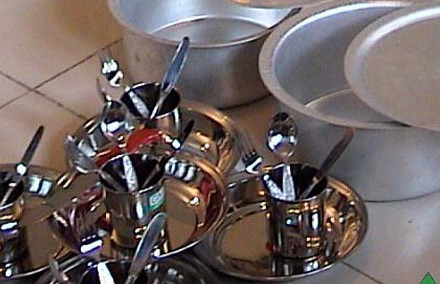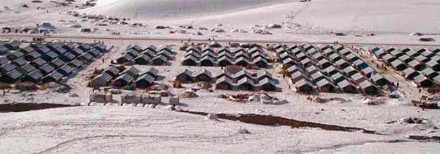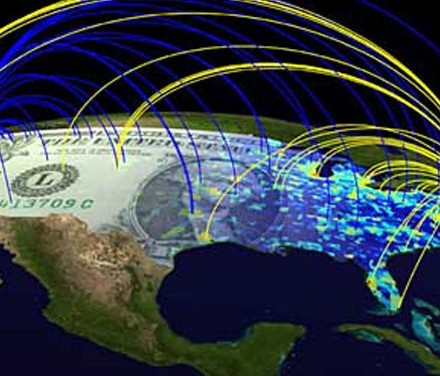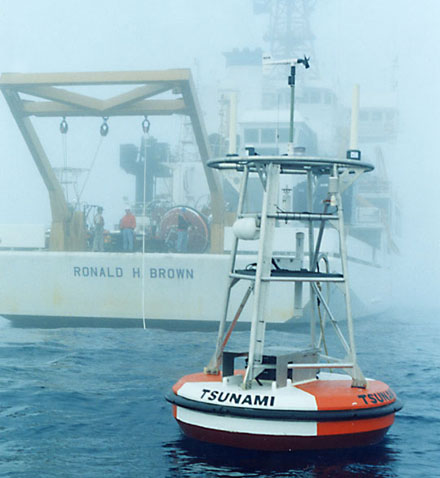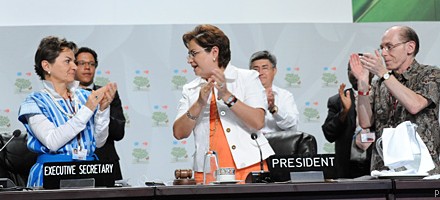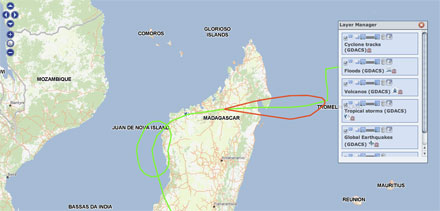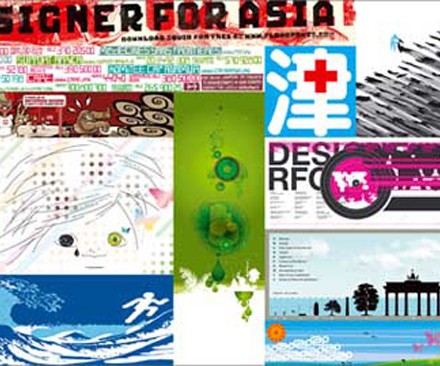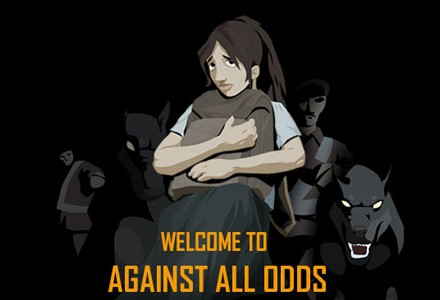Basic equipment and supply
The Sphere Project has defined the basic equipment that a refugee person should be provided with. The equipment can be divided into what is needed per household and per person. Each household: Each household needs shelter for protection against climate and diseases, for privacy and social security, ideally including the possibility for subdivision and needs to […]
Water and Sanitation
The level of water security and hygiene in a refugee camp depends on two factors: the facilities provided and the population’s hygienic behavior. A sufficient hygienic situation can only be achieved by a strategy of distributing knowledge, mobilizing residents and providing residents with essential facilities and materials. Water is not only needed for nutrition but […]
Shelterproject
Transitional settlement: displaced populations gives an extensive, detailed overview of how to implement settlements for displaced populations exclusively; the guidelines don’t comply to reconstruction after conflict or disaster, return to homelands or permanent settlement on new sites. The first section of the guidelines deals with a general overview on the subject. It deals with strategic […]
Standardization for Refugee Camps
Standardizations for the basic size, lay-out, and structure of refugee camps have been defined by the Sphere Project, which was launched in 1997 by the UN and several NGOs, with the mission to improve the quality of relief aid. Results have been published in a handbook, on the organization’s website and are promoted by training […]
The spread of epidemics
The progress with which epidemics spread has changed with the way that people travel from place-to-place in modern times. The Institute for Dynamics and Self-Organization of the Max-Planck-Gesellschaft, the University of Göttingen and the University of California Santa Barbara have discovered a mathematical law behind modern movements. In the middle-ages, when people moved only slowly […]
Tsunami Warning Systems
An early warning system already exists in the Pacific Ocean and one is currently being installed in the Indian Ocean after the devastating Tsunami hit South East Asia in 2004. There are different methods enabling to prediction: Although seismic gauges can detect the earthquakes and volcanic eruptions that cause a tsunami, they are not suitable […]
Kyoto Protocol
Climate changes are an incinerator for natural disasters. Global warming is induced by the release of greenhouse gases into the atmosphere by industry and transport. The Kyoto Protocol, aimed at reducing the production of greenhouse gases, also contributes to the long-term prevention of natural disasters. The UNFCCC United Nations Framework Convention on Climate Change was […]
Observing the earth
Satellite images and geographic data provide an important resource for predicting, identifying and observing natural disasters and for coordinating prevention measures and relief efforts. One class of earth observation instruments are optical detects of solar energy, reflected back from earth, into space across various wavelengths, including visible light and invisible infrared bands. Radar instruments shine microwave […]
Designer for Asia
A small design agency from Germany has initiated the project Designer for Asia. They asked graphic designers from all around the world to each contribute their part to the design of a huge poster on the theme of the tsunami in South East Asia on 26/12/2004. The single parts which needed to have a content […]
